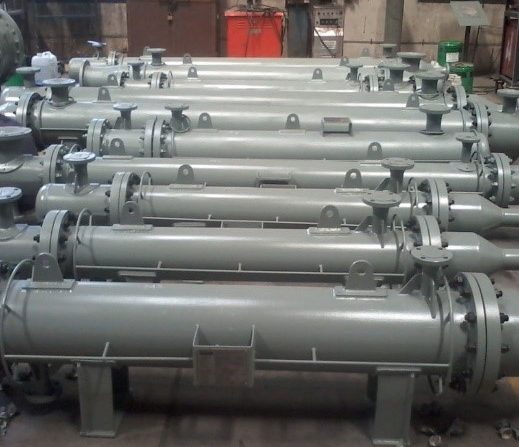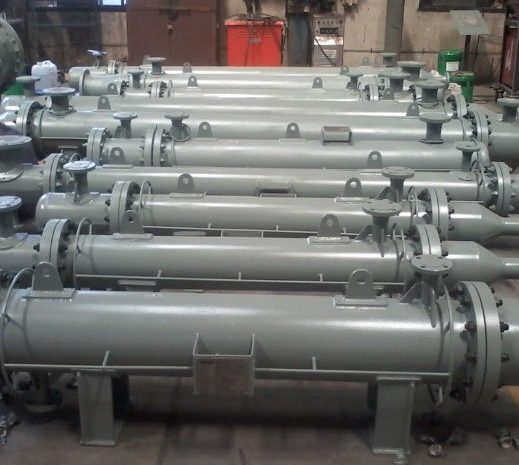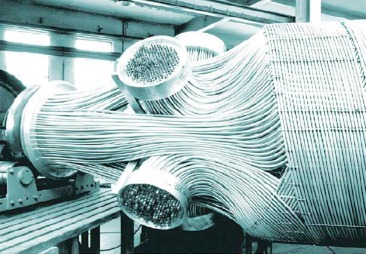Role in Solar Thermal Systems and Biomass Energy
Role in Solar Thermal Systems and Biomass Energy
Role in Solar Thermal Systems and Biomass Energy : Heat exchangers play a significant part in different renewable vitality Systems, upgrading effectiveness and empowering successful thermal vitality exchange. Here’s an investigation of their parts in sun oriented thermal Systems, geothermal heat pumps, and biomass vitality:
1. Sun based Thermal Systems
Part:
- In sun powered Heat Systems, Heat exchangers exchange the Heat collected by solar boards or collectors to a capacity framework or directly to the point of utilize.
How They Work:
- Sun powered Collectors: Sun oriented boards collect Heat vitality from the sun.
- Heat Exchange Liquid: A liquid (ordinarily water or a glycol-water blend) circulates through the collectors and assimilates the sun powered Heat.
- Heat Exchanger: The Heat exchange liquid passes through a Heat exchanger, where it exchanges its Heat to water or another liquid in a capacity tank.
- Household or Mechanical Utilize: The Heated water is at that point utilized for residential hot water, space Heating, or industrial forms.
Benefits:
- Productivity: Heat exchangers maximize the productivity of Heat exchange, guaranteeing negligible vitality misfortune.
- Adaptability: Appropriate for little household Systems as well as huge mechanical applications.
- Vitality Capacity: Permits compelling capacity of Heat vitality for utilize when sun based radiation is moo.
2. Geothermal Heat Pumps
Role:
- In geothermal Heat pumps, Heat exchangers exchange Heat between the ground and the building, giving Heating in winter and cooling in summer.
How They Work:
- Ground Circle: A circle of channels is buried underground, where the temperature is moderately steady.
- Heat Exchange Liquid: A liquid circulates through the ground circle, retaining or disseminating Heat depending on the season.
- Heat Exchanger: The Heat exchange liquid passes through a Heat exchanger within the Heat pump framework.
- Heating Mode: The Heat exchanger exchanges Heat from the liquid to the building’s Heating framework.
- Cooling Mode: The Heat exchanger exchanges Heat from the building to the liquid, which is at that point disseminated into the ground.
Benefits:
- Vitality Effectiveness: Profoundly productive due to the steady underground temperatures.
- Year-Round Operation: Gives both Heating and cooling, lessening the require for isolated Systems.
- Natural Affect: Brings down nursery gas emanations compared to routine Heating and cooling Systems.
3. Biomass Vitality
Role:
- In biomass vitality Systems, Heat exchangers exchange Heat created from burning biomass to a working liquid, which can be utilized for control era or Heating.
How They Work:
- Biomass Combustion: Biomass materials (e.g., wood, agrarian buildups) are burned in a heater or evaporator.
- Heat Era: The combustion produces Heat, which is retained by a Heat exchange liquid (as a rule water or steam).
- Heat Exchanger: The hot gasses passthrough a Heat exchanger, exchanging their Heat to the working liquid.
- Control Era: The steam or hot water can drive turbines to create power.
- Heating: The Heat can be utilized for locale Heating or mechanical forms.
Benefits:
- Renewable Asset: Utilizes renewable biomass materials, diminishing dependence on fossil powers.
- Squander Utilization: Can utilize agrarian and ranger service squander, lessening natural squander.
- Carbon Nonpartisanship: Biomass vitality is considered carbon-neutral as the CO2 discharged amid combustion is counterbalanced by the CO2 retained amid the development of the biomass.
Conclusion
Heat exchangers are basic components in sun based Heat Systems, geothermal Heat pumps, and biomass vitality Systems. They empower effective Heat vitality exchange, improve framework execution, and contribute to the supportability and adequacy of renewable vitality innovations. By encouraging the effective utilize of renewable assets, Heat exchangers play a imperative part within the move to cleaner and more economical vitality arrangements.







